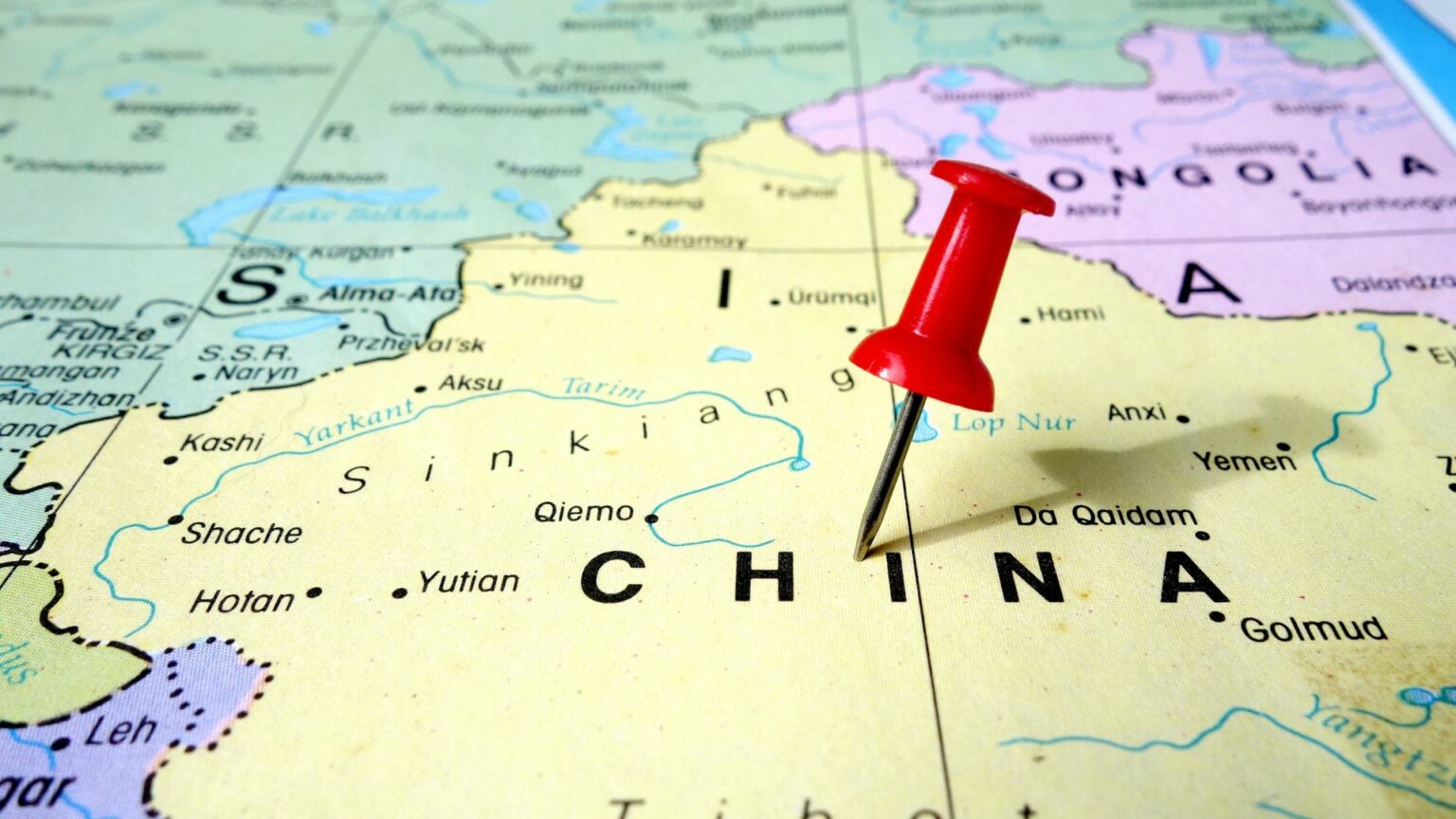China advances energy storage with the opening of the Nengchu-1 project in Hubei Province. This facility is recognized as the world’s first 300-megawatt compressed air energy storage (CAES) demonstration project.
It has now reached full grid connection and is producing electricity. By setting three world records, this project highlights China’s leadership in addressing clean energy intermittency through advanced CAES technology.
Compressed Air Energy Storage (CAES) involves capturing surplus energy by compressing air into underground caverns. When energy demand rises, this air is released to generate electricity. This approach helps in balancing the supply and demand of energy efficiently.
The Nengchu-1 project has distinct features, including a single-unit power capacity of 300 megawatts and an energy storage capacity of 1,500 megawatt-hours. It supports a gas storage volume of 700,000 cubic meters underground. Designed to store energy for eight hours and release it over five hours daily, its lifespan exceeds 30 years.
Nengchu-1 is projected to produce 500 million kilowatt-hours of electricity annually, reducing the use of standard coal by over 150,000 tons each year. It operates without fossil fuels, contributing to a more sustainable energy system.
Nengchu-1 sets new standards for power output, energy storage capacity, and conversion efficiency. It symbolizes progress towards technological self-sufficiency in China. During trial operations, it exceeded expectations with consistently high efficiency and stable equipment performance.
Nengchu-1’s completion supports China’s goals for a green energy transformation. These initiatives aim to boost non-fossil energy use and increase pumped storage hydropower capacity. The project acts as a catalyst for modernizing the power grid and fostering a low-carbon future.
Stay updated on the latest in energy! Follow us on LinkedIn, Facebook, and X for real-time news and insights. Don’t miss out on exclusive interviews and webinars—subscribe to our YouTube channel today! Join our community and be part of the conversation shaping the future of energy.
